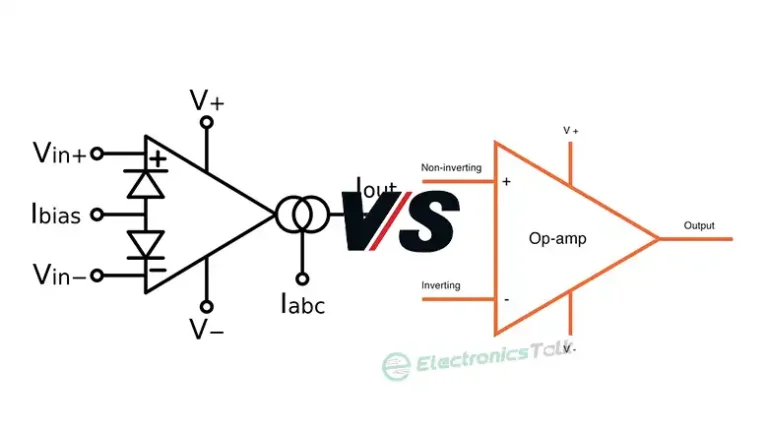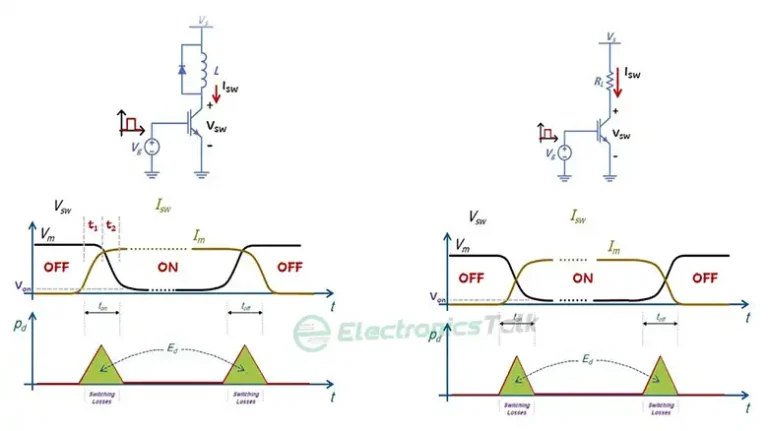Why Base Current is Weak Then Collector Current? [Answered]
Transistors, the backbone of electronic circuits, operate on principles governed by intricate equations. If you’ve ever wondered why the base current is weaker than the collector current, you’re about to embark on a journey into the world of transistor equations and dynamics.
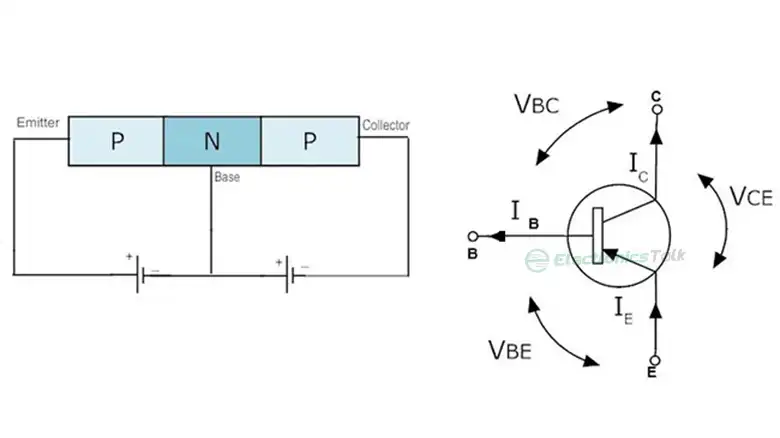
Concept of Base Current in Electronics
Base current (IB) is the current flowing into the base terminal of a transistor, initiating the flow of collector current (IC). Mathematically, this relationship is expressed by the equation:
Ic=β*IB
where,
β represents the transistor’s current gain.
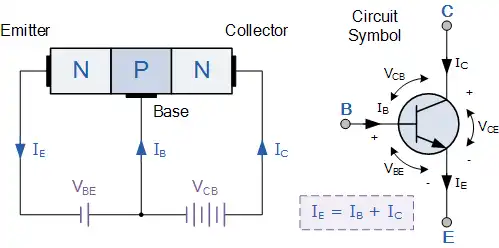
Figure: Base current in a transistor.
Relationship with Ic and IB
The equation IE=IC+IB illustrates the interdependence of base, collector, and emitter currents. It emphasizes the weaker nature of IB compared to the more substantial Ic.
Collector Current: The Powerhouse
Collector current (Ic) is the driving force behind the amplification capabilities of a transistor. Its influence on the output voltage is determined by the equation:
Vout=-β*Vin
This equation highlights the role of Ic in signal amplification.
Significance:
Expressed by the equation

where VCC is the collector supply voltage, VCE is the collector-emitter voltage, and RC is the collector resistor, Ic holds significant sway in transistor operation.
Weakness of Base Current
The equation Ic=β*IB inherently signifies the limitations of IB. Due to its dependence on β, the current gain of the transistor, IB is weaker and imposes constraints on the overall efficiency of the transistor.
Impact on Efficiency:
The efficiency (η) of a transistor is defined by the equation:

This equation underscores the critical role of balancing IB and IC for optimal transistor efficiency.
Amplification Process of Base Current and Collector Current
Equations governing the amplification process shed light on the relationship between IB and IC. The gain (β) of a transistor, represented by the equation AV=Vout/Vin, is directly influenced by IB.
Factors Influencing Current Strength
The equation IB=ICBO/β encapsulates the influence of semiconductor characteristics on IB. ICBO represents the reverse collector current, and β is the transistor gain.
Balance Between IB and IC:
Achieving balance is crucial, as highlighted by the equation IC=β*IB. Deviations from this balance can lead to inefficiencies and signal distortion.
Analogies and Metaphors
Analogies and metaphors enriched with equations provide a deeper understanding. Imagine IB as the conductor orchestrating a symphony of electrons represented by IC. This analogy aligns with the equation IC=β*IB, showcasing the conductor’s influence.
Comparing Base and Collector Currents
Quantitative analysis using equations reinforces the disparity between IB and IC. The graphical representation of IB and IC magnitudes visually demonstrates their relationship.
Conclusion
The intricate relationship between IB and IC in transistors unravels when viewed through equations. The mathematical underpinnings provide a nuanced understanding, emphasizing the importance of balancing these currents for efficient and reliable transistor operation.
Additional Questions May Ask
How is base current defined in a transistor?
Base current (IB) is the current flowing into the base terminal of a transistor, initiating the flow of collector current (IC). This relationship is expressed by the equation IC=β*IB.
What is the role of collector current in transistor amplification?
The collector current is the driving force behind the amplification capabilities of a transistor. Its influence on the output voltage is determined by the equation Vout=-β*Vin.
How does the efficiency of a transistor relate to base and collector currents?
The efficiency of a transistor is defined by the equation η=Pout/Pin. This equation underscores the critical role of balancing IB and IC for optimal transistor efficiency.

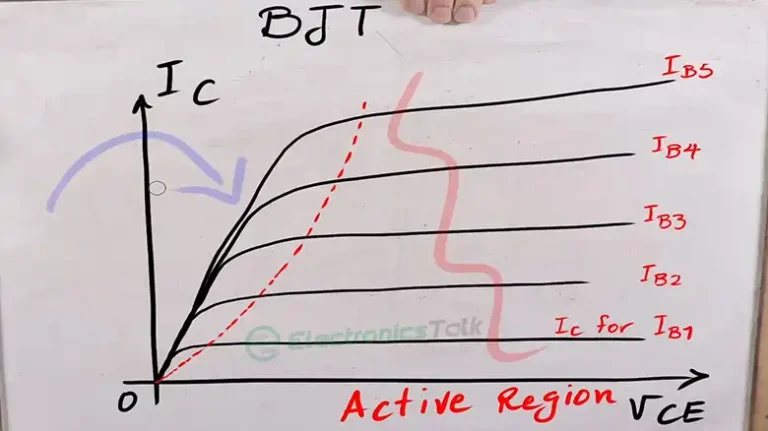
![Can I Use 1n4004 Instead of 1n4001? [Advantages Explained]](https://www.electronicstalk.org/wp-content/uploads/2023/07/Can-I-Use-1n4004-Instead-of-1n4001-768x431.webp)
![Can I Use 1N4007 Instead of 1N5408? [Characteristics Compared]](https://www.electronicstalk.org/wp-content/uploads/2023/07/Can-I-Use-1N4007-Instead-of-1N5408-768x431.webp)
